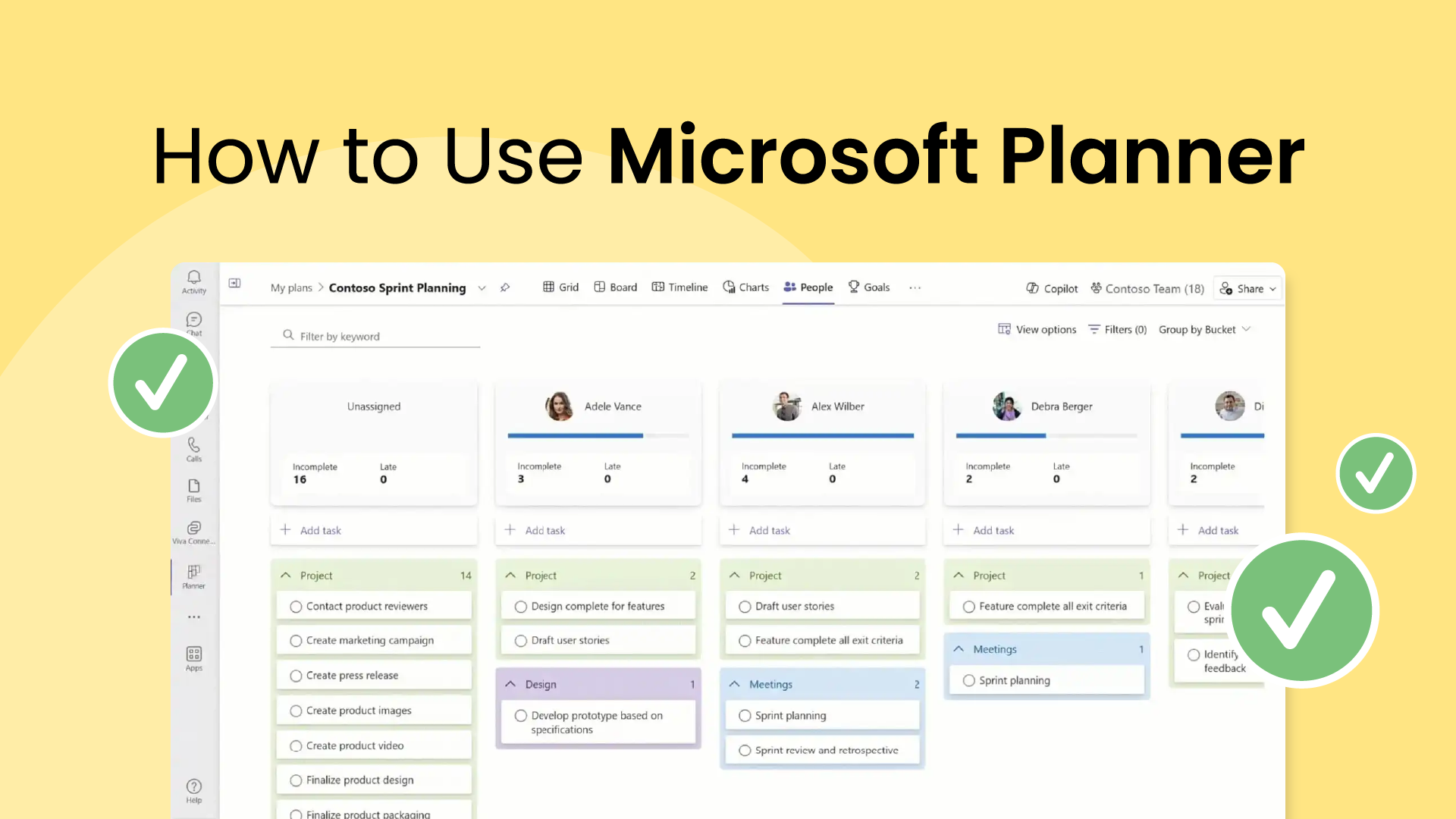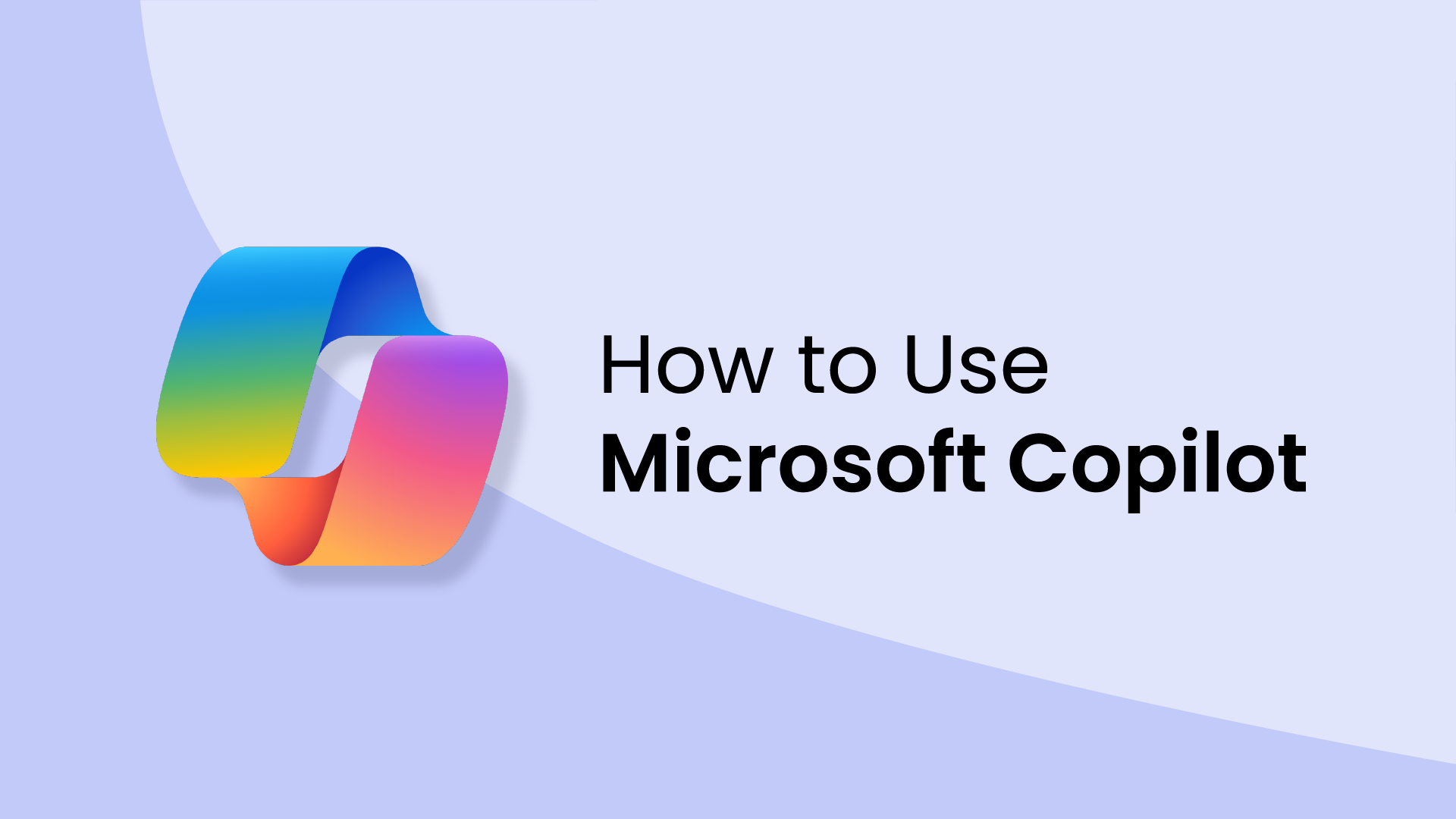What is Eat the Frog?
"Eat the frog" is a metaphorical phrase that means to tackle the most challenging or unpleasant task first. It is a prioritization and productivity method popularized by author and motivational speaker Brian Tracy. The concept is derived from a Mark Twain quote, "Eat a live frog first thing in the morning and nothing worse will happen to you the rest of the day."
Ultimately, it suggests tackling your most challenging or important task (the "frog") early in the day, thereby gaining momentum and reducing procrastination.
Benefits of Eat the Frog
Embracing the Eat the Frog personal productivity strategy offers numerous advantages for individuals striving to optimize their time and productivity. Here are the key benefits:
1. Increased productivity
Prioritizing and tackling the most challenging and important tasks early in the day harnesses peak energy and mental clarity, leading to heightened productivity. By completing a difficult task upfront, individuals set a proactive tone for the rest of the day.
2. Reduced procrastination
Eat the Frog confronts the tendency to procrastinate by encouraging individuals to tackle challenging tasks head-on. By addressing the most difficult or important task first, practitioners overcome inertia, build momentum, and ultimately stop procrastinating.
3. Enhanced focus & concentration
By dedicating focused time and attention to the identified "frog," individuals minimize distractions and optimize their concentration. This focused approach promotes deeper engagement with tasks, resulting in higher-quality work and improved outcomes.
4. Improved time management
Prioritizing tasks based on their importance facilitates more effective time management. Eat the Frog guarantees that key objectives receive prompt attention, preventing individuals from getting bogged down by less critical tasks or distractions.
5. Heightened motivation & confidence
Successfully completing a challenging task early in the day encourages a sense of accomplishment and confidence. This achievement-oriented mindset boosts motivation levels and provides a psychological lift, allowing individuals to tackle subsequent tasks with renewed vigor.
6. Stress reduction
Addressing significant tasks early in the day alleviates stress and anxiety associated with looming deadlines or uncompleted responsibilities. By proactively managing key priorities, individuals experience greater peace of mind and a sense of control over their workload.
Best practices for Eat the Frog
Implementing the Eat the Frog productivity strategy effectively requires a thoughtful approach and adherence to best practices. Here are guidelines to maximize the benefits of this approach:
- Identify your frog: Clearly define the most difficult or critical task on your to-do list.
- Schedule it early: Block time in your morning schedule specifically for tackling the "frog." You can automatically block time for your tasks, by priority, using Reclaim Tasks.
- Break it down: If big tasks seem overwhelming, break them down into smaller, more manageable steps to make it less daunting.
- Minimize distractions: Eliminate distractions like notifications, social media, and multitasking on other tasks while eating the frog. One of the best ways to do this is to prevent interruptions over chat through tools like Reclaim Slack Status Sync.
- Celebrate progress: Acknowledge and celebrate your accomplishments, no matter how small, to maintain motivation, momentum, and consistent progress.
Challenges with Eat the Frog
While Eat the Frog offers numerous benefits, it's still important to acknowledge and address the challenges that you may encounter:
- Overestimating difficulty: Be mindful of overestimating the difficulty of a task, as it may lead to discouragement.
- Unforeseen obstacles: Unexpected circumstances may disrupt your schedule, requiring flexibility in your approach to eating frogs.
- Lack of energy: If you're not a morning person, consider adapting the "frog-eating" time to your peak energy hours.
- Resistance to starting: It can be challenging to overcome the initial resistance to starting a difficult task, especially if it involves discomfort or uncertainty.
- Misjudging priority: Misjudging the importance of tasks can lead to focusing on less critical activities while neglecting high-priority ones.
- Overcommitment: There's a risk of overcommitting to ambitious or unrealistic goals when implementing the Eat the Frog method. Attempting to tackle too many significant tasks in a single day can lead to burnout, frustration, and decreased productivity.
How to identify the frog
Identifying the "frog" – the most major task to tackle – requires a strategic approach to prioritize effectively. Here's how to pinpoint your frog amidst a sea of tasks:
- Assess importance: Evaluate each task based on its impact on your long-term goals and objectives. Ask yourself: Which task, if completed, would contribute the most to my success or well-being?
- Consider urgency: While urgent frogs are important, it shouldn't be the sole determining factor. Some tasks may seem urgent but lack long-term significance. Focus on tasks that align with your overarching priorities.
- Break it down: If you're unsure which task qualifies as the frog, break tasks into smaller, actionable steps. Then, identify which smaller tasks are most critical to move you closer to your desired outcome.
- Reflect on consequences: Consider the potential consequences of not completing each task. Will delaying or neglecting a particular task have a significant impact on your work, relationships, or personal development?
- Follow your gut: Sometimes, your intuition can guide you toward identifying the frog. Trust your instincts and choose the difficult tasks that resonate most strongly as the ones you should tackle first.
- Consult your priorities: Review your to-do list or task management system to ensure alignment with your overarching priorities. Choose the task that aligns best with your current focus areas and objectives.
- Seek input if necessary: If you're still unsure, seek input from a mentor, colleague, or trusted advisor. Sometimes an outside perspective can provide clarity and help you prioritize effectively.



















